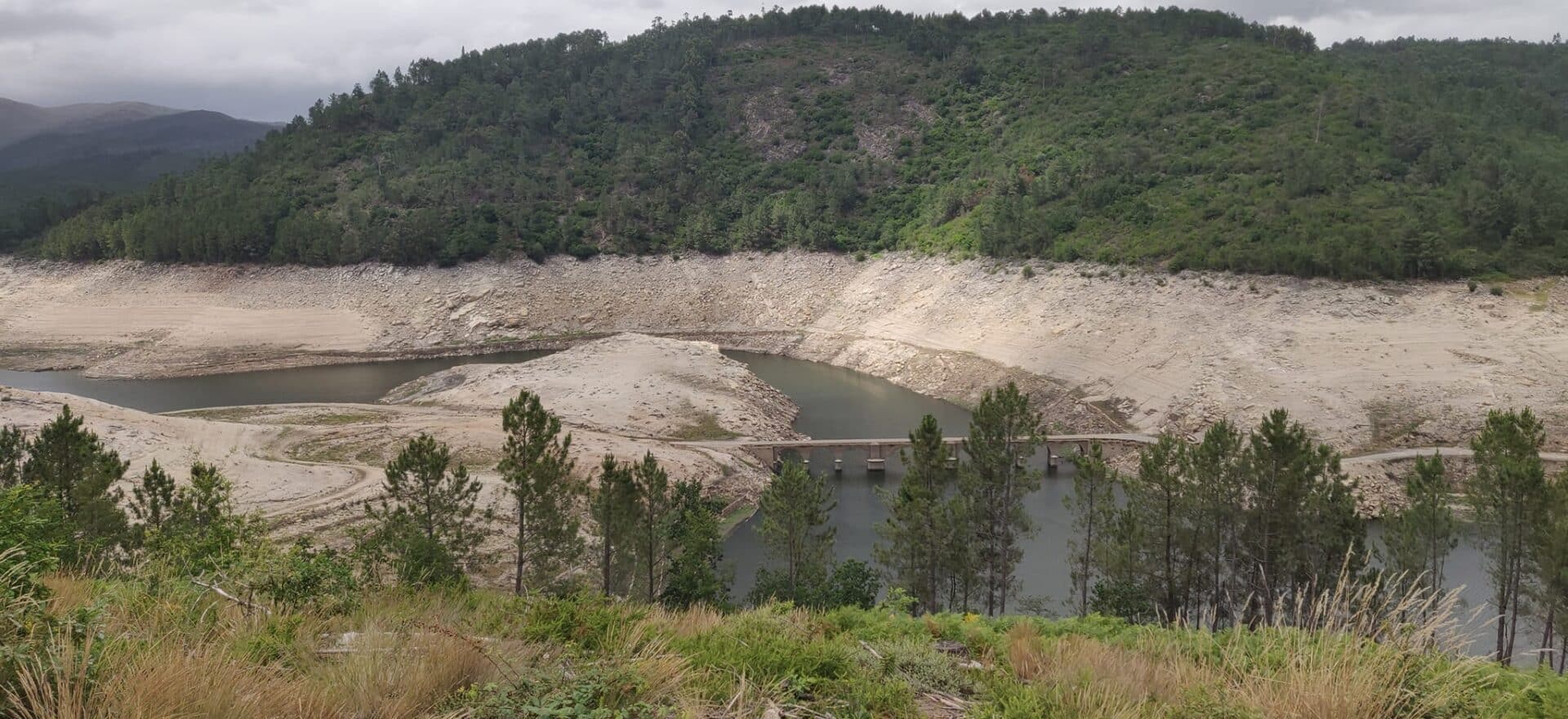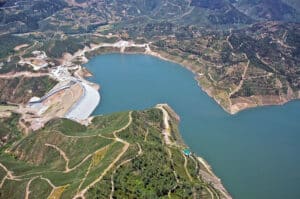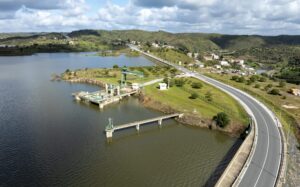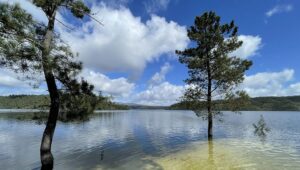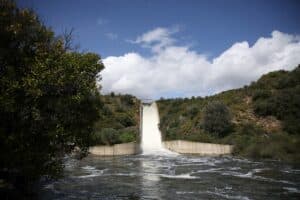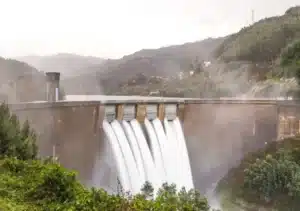“It’s urgent to take measures” for water conservation, says tabloid
Just a short box in Correio da Manhã today stresses “it is urgent to take measures” to conserve water in Portugal – a precious resource on which everything is so dependent and which is evaporating in front of our eyes.
With stories of the Iberian Peninsula’s unprecedented drought appearing throughout the international media now, here focus remains relatively low key.
Minister of environment Duarte Cordeiro has spoken, but not particularly ‘effectively’.
The country’s leading tabloid clearly believes it’s time for much tougher talking, and action: “The minister doesn’t have the gift of rainmaking, but he has the duty of anticipation. The country is dry. Water is reducing in dams and reservoirs, and forecasts are for clear blue skies for the foreseeable future. It’s urgent that measures are taken”, says today’s text.
And inside, a story explains why. We have all heard before of dams at ‘dead level’. The Santa Clara dam, drained relentlessly by intensive agriculture on the Costa Vicentina, has been at ‘dead level’ for years – with dramatic consequences to the lives of local producers.
But now there are others; increasingly more so. Of the 60 ‘monitored’ dams and reservoirs, 14 now have water availability below 40%. It has never been this bad – and the country now is facing the likelihood of a long, hot summer with next to no significant rainfall expected before the autumn.
Dead level right now is affecting Campilhas dam in Santiago do Cacém (Alentejo) which is down to 3.8% of its total capacity; Monte da Rocha, near Ourique (also Alentejo) at 12%, and Bravura dam, near Lagos, at just over 13%.
Dead level means that pipes taking water from the dam are exposed. It is the point where water should no longer be taken from the dam/ reservoir, although this has not yet been officially ‘decreed’ – and that’s what CM’s box story is getting at.
The paper gives a run-down on capacity of the country’s ‘major dams’, explaining that two are already below 25% capacity : the Alto Lindoso, currently at 15.8% when this time last year it boasted 56.9%, and Alto Rabagão, with 20% capacity, when last year water levels were logged at 80%.
All the country’s ‘hydrographic basins’ are below average capacity for the last 30 years, with the worst affected areas being the Barlavento (particularly the western part of the) Algarve, and the area dependent on the Lima river in the high north.
natasha.donn@portugalresident.com

